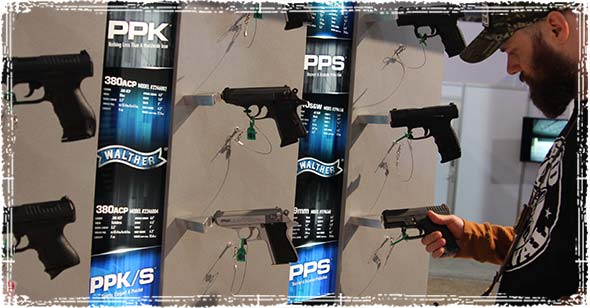Picture it: You’re heading out for that highly anticipated first hunting excursion of the season. You’ve packed up all the essentials like food and clothing and all you’ve got left to do is get your firearms and ammunition organized for the trip. And then, while going through your ammo supply, you open up a few boxes of best-loved shells to find the ammunition inside carries the greenish hue associated with corrosion, an indication that you’ve stored your ammunition improperly.
Keep away from extreme heat
In most cases ammunition is made to work as it should in all kinds of climates, from a tropical island to the arctic tundra. But add in extremely hot conditions (starting at about 150 degrees Fahrenheit), and you can easily go from having a well-stocked collection of shells to a whole lot of useless ammunition. Experts at the Sporting Arms and Ammunition Manufacturers’ Institute, Inc. say there are relatively few situations in which temperatures will climb to that level, but temperatures can skyrocket easily inside the trunk of a car, or inside a vehicle on a particularly hot day.
In those environments, the chemical properties of priming mixture and gunpowder can be adversely affected. Eventually, the ammo may be so damaged that it may not produce more than a disappointing “click,” let alone the “bang” you expect to hear when shooting.
Seal it up
Oftentimes the original boxes that contain your ammunition when you buy it provide adequate short-term protection if you intend to keep it somewhere inside your home. If you wish to keep it on hand for two years or longer, however, you will need to use some added protection. Vacuum sealing will keep the moisture away, which will prevent rusting.
Date and rotate stock
Consider how you might store food for the long term, and apply those same principles to ammo storage. Always take a moment to mark your ammo boxes or cans with purchase dates, and be sure to use the oldest of your supply first.
The drier, the better
Humidity is one of the main problems people face when selecting the best place to keep their ammunition stockpile. Keep your supply in a low humidity environment if possible, and if you must store your ammo in a relatively moist location, use a dehumidifier to cut down on moisture levels in the air. You could also begin saving those silica gel packets that come with many common items one might purchase at any retail store, such as a pair of new boots. You can add one of these packets to your ammo containers, which will also eliminate moisture.
Conduct regular check-ups
Those who don’t use their firearms often should examine the condition of their ammo supply at least twice per year for any signs of deterioration. Doing so will ensure your ammunition is safe to use when you need it.
With proper care your ammunition can last up to a decade. This kind of longevity is far more than what our fathers and grandfathers could have expected, and it is thanks to advances in chemical technology that have emerged in the ammunition and firearms industry over the last 20 years or so. These tips are effective for preserving all kinds of ammunition, and if you take these steps to store and maintain your stockpile, you won’t have to worry about any unpleasant surprises the next time you’re heading out for that first hunting trip of the season.
Source: howtosurviveit.com




